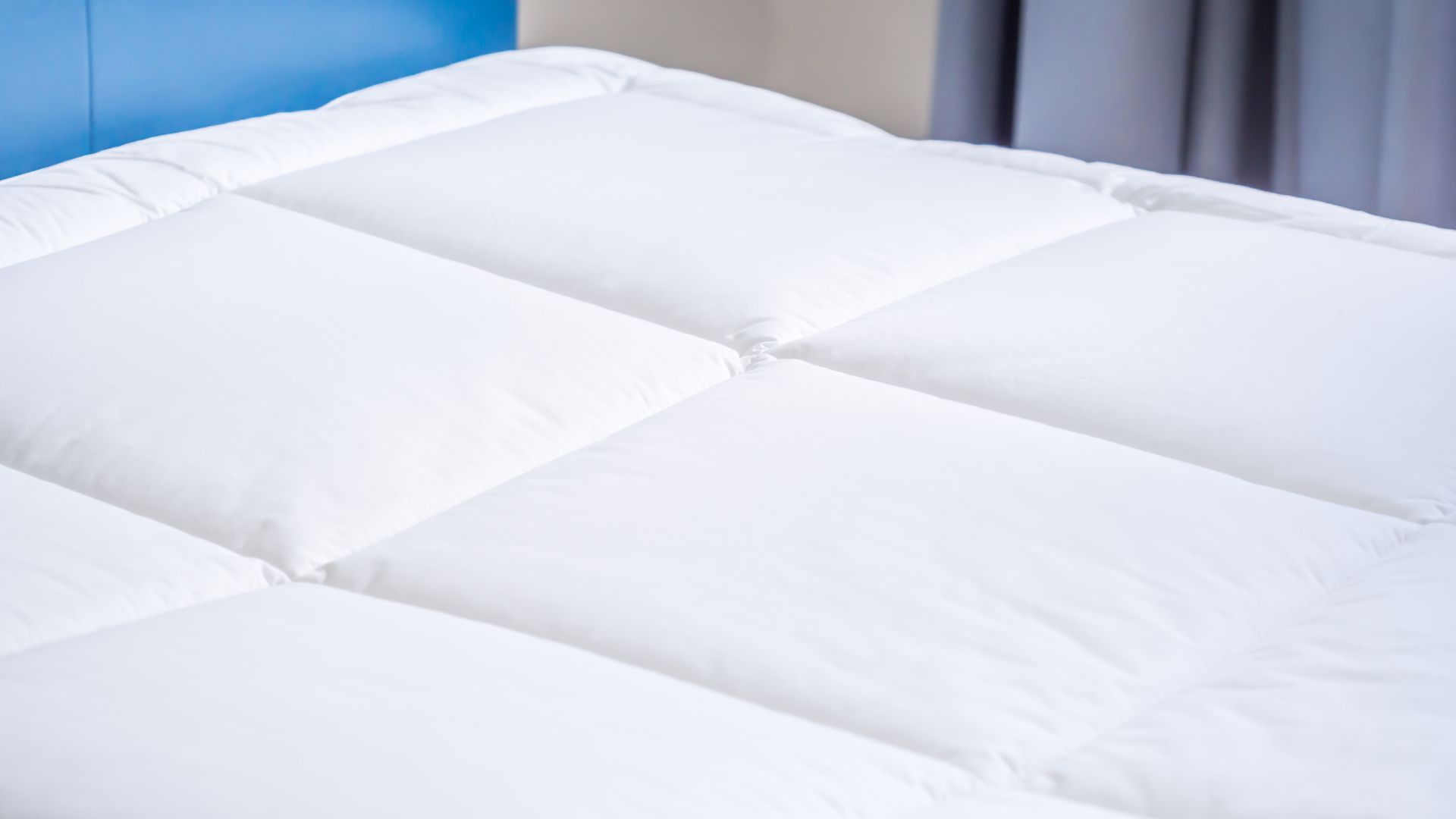
Sometimes, sleeping on an uncomfortably firm mattress will make you search for a quick, cheap solution. And that's exactly what I did when I recently bought a cheap microfiber bed topper in an attempt to soften an intolerably hard mattress. It didn't work, and now I know where I went wrong.
Even the best mattresses on the market can benefit form a mattress topper, but purchasing the wrong bed topper can actually make your mattress feel worse. I found this out the hard way after buying a microfiber topper, which made me realise why there are no bed toppers of this kind in our best mattress topper guide.
So, why do I regret buying a cheap microfiber mattress topper? There are a number of reasons, but at least I now know what kind of mattress topper I will be looking for in the upcoming Labor Day mattress sales.
Buying a microfiber topper to soften my firm bed was a mistake — here’s why
As I sleep on both my side and my back, my current pocket spring bed is so firm that it's too hard and uncomfortable whenever I sleep on my side. Since there's no pressure relief, my shoulders and hips press against the mattress's hard springy surface instead of sinking in to a soothing, body-contouring pillow top. This leaves my shoulders and arms feeling numb and I've often woke up with a sore neck on more than one occasion.
Looking for a quick, cost-effective fix, I turned to Amazon and bought a microfiber topper for a low price that promised hotel-luxury comfort and the addition of cushioning softness to any firm mattresses. Microfiber toppers (also called synthetic-filled, hollow fiber, or down alternative toppers) are quilted bed toppers filled with synthetic material. They are known for their low price and soft feel. However, I quickly found that it made little difference to my sleep set-up, and here's why...
1. It's under 2 inches deep
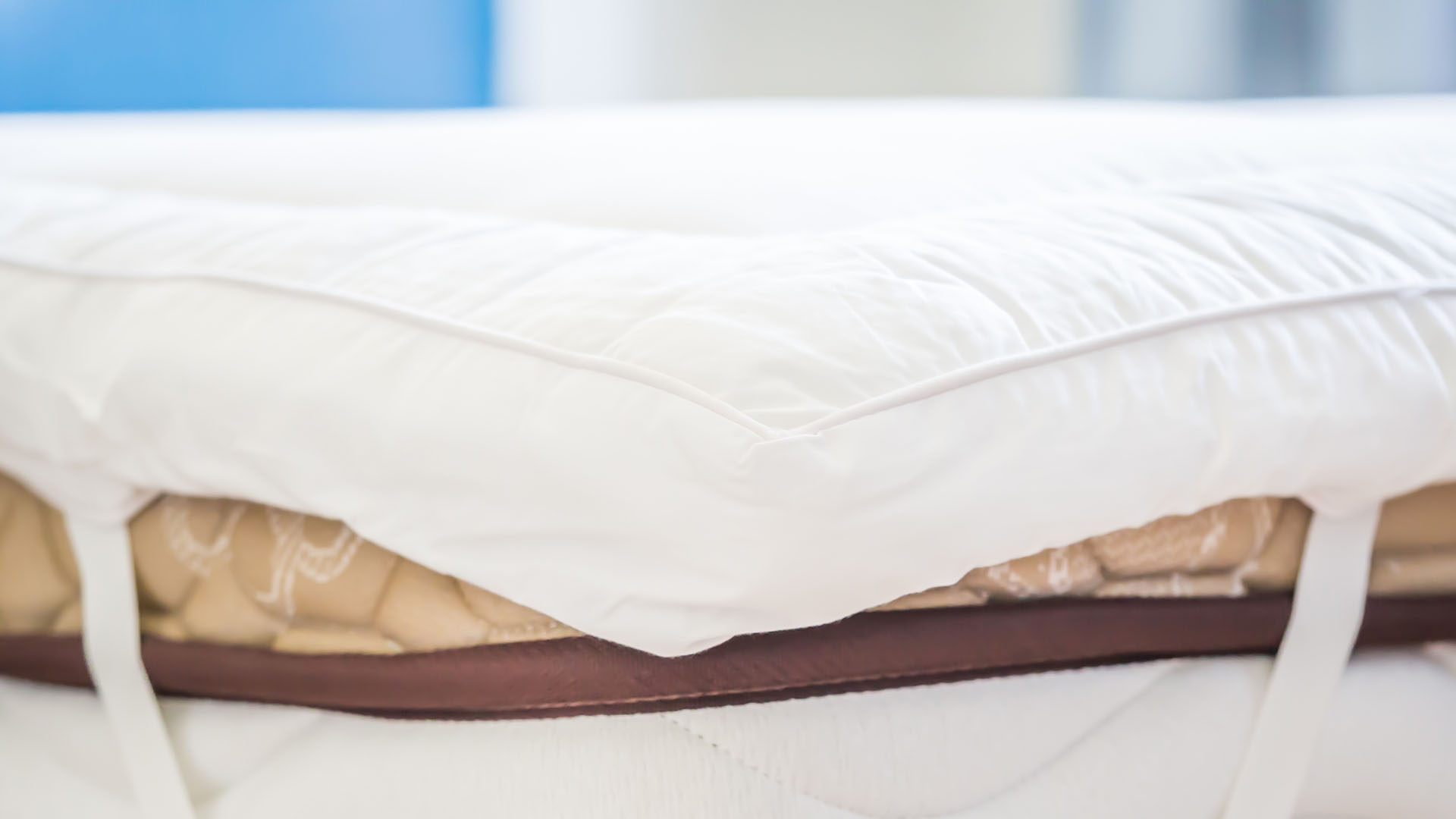
My microfiber topper measures at 5cm (1.969 inches) tall, meaning it's under the recommend mattress topper depth of 2" to 4" thick. Why do we recommend nothing lower than two inches? Well, any thinner than that and it's unlikely to provide enough depth to make any real impact to a mattress.
I quickly discovered this on the first night, when I rested on my side and still felt the hard surface of my mattress. The topper just felt as though I had put a wafer-thin cushion between me and the bed, meaning that it made little difference to the overall feel of my mattress.
2. It doesn't provide body-contouring softness
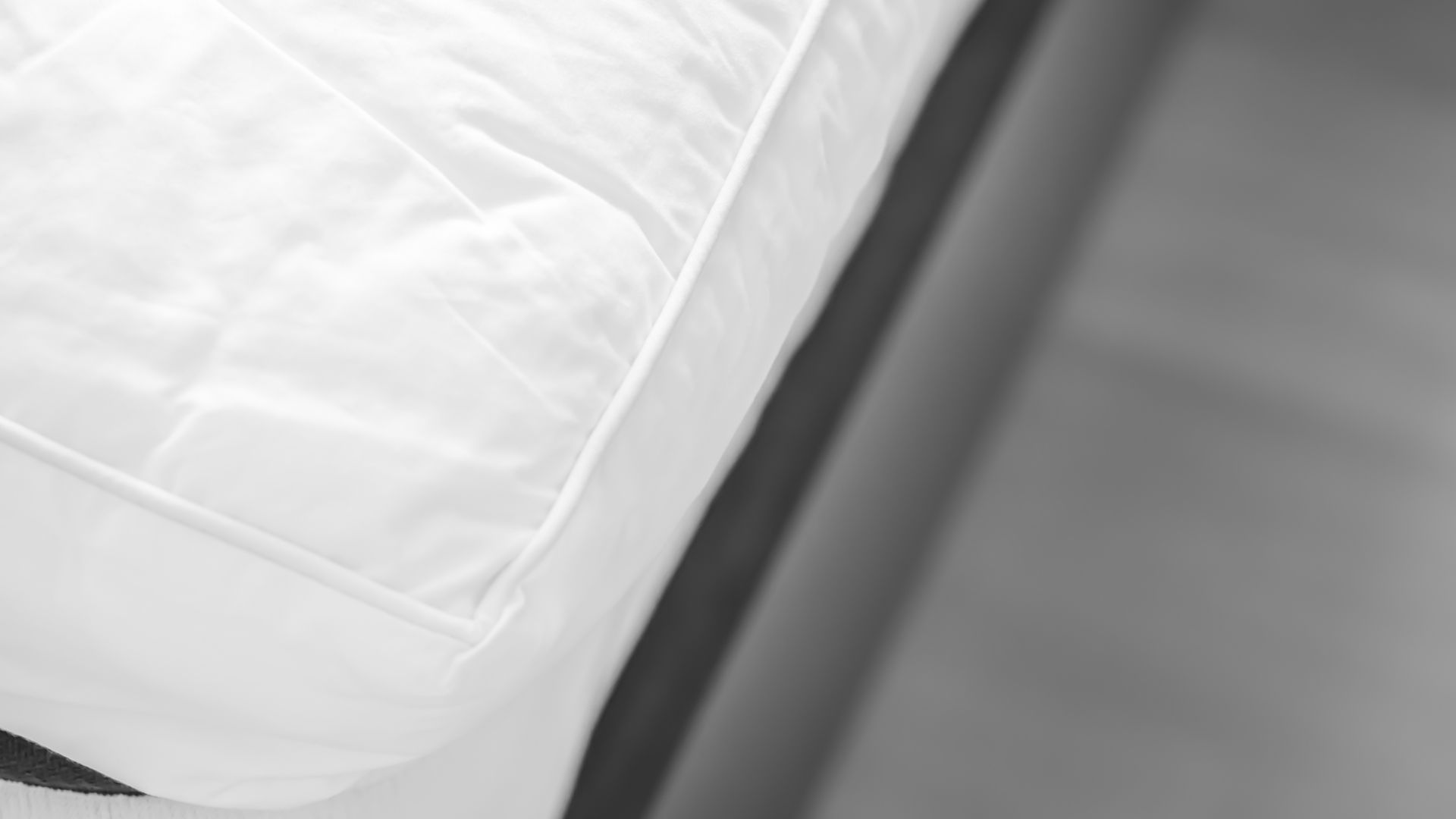
If you take a look at the most luxurious mattress toppers on the market, none of them are microfiber. This is because the most top-rated mattress toppers on the market are made out of materials that are more durable (micorfiber toppers need to be replaced after one or two years) and, most importantly, more comfortable.
The topper material for softening hard beds is memory foam. The best memory foam toppers are perfect for adding plushness as they provide a body-contouring feel which delivers deep, soothing relief to the three main pressure points when side sleeping: shoulders, hips, and knees.
Latex and wool are also great bed topper materials as they're durable, natural, and provide a good amount of comfort and support.
3. It's more like a mattress pad than a bed topper

While the microfiber topper I bought was clearly labelled as a mattress topper, I have my doubts that this is the correct name for it. Mattress toppers tend to be thicker at 2" to 4" and are usually made from wool, latex or memory foam.
Mattress pads, on the other hand, only provide light support and don't change the firmness of a mattress. They're also very thin (under 2") and portable, so are typically only used for travel or to protect mattresses from stains and allergens rather than adjust its overall feel. Basically, when choosing between a mattress pad vs topper, always pick the bed topper if you want to alter the mattress.
The type of mattress topper I should have bought instead
So, what kind of mattress topper should I have looked for? First of all, not a microfiber one. As a side sleeper, I should have looked for one made from body-cradling materials. I also should have made sure that the topper was between two to four inches thick - and actually a topper instead of a mattress pad.
1. Memory foam for pressure relief
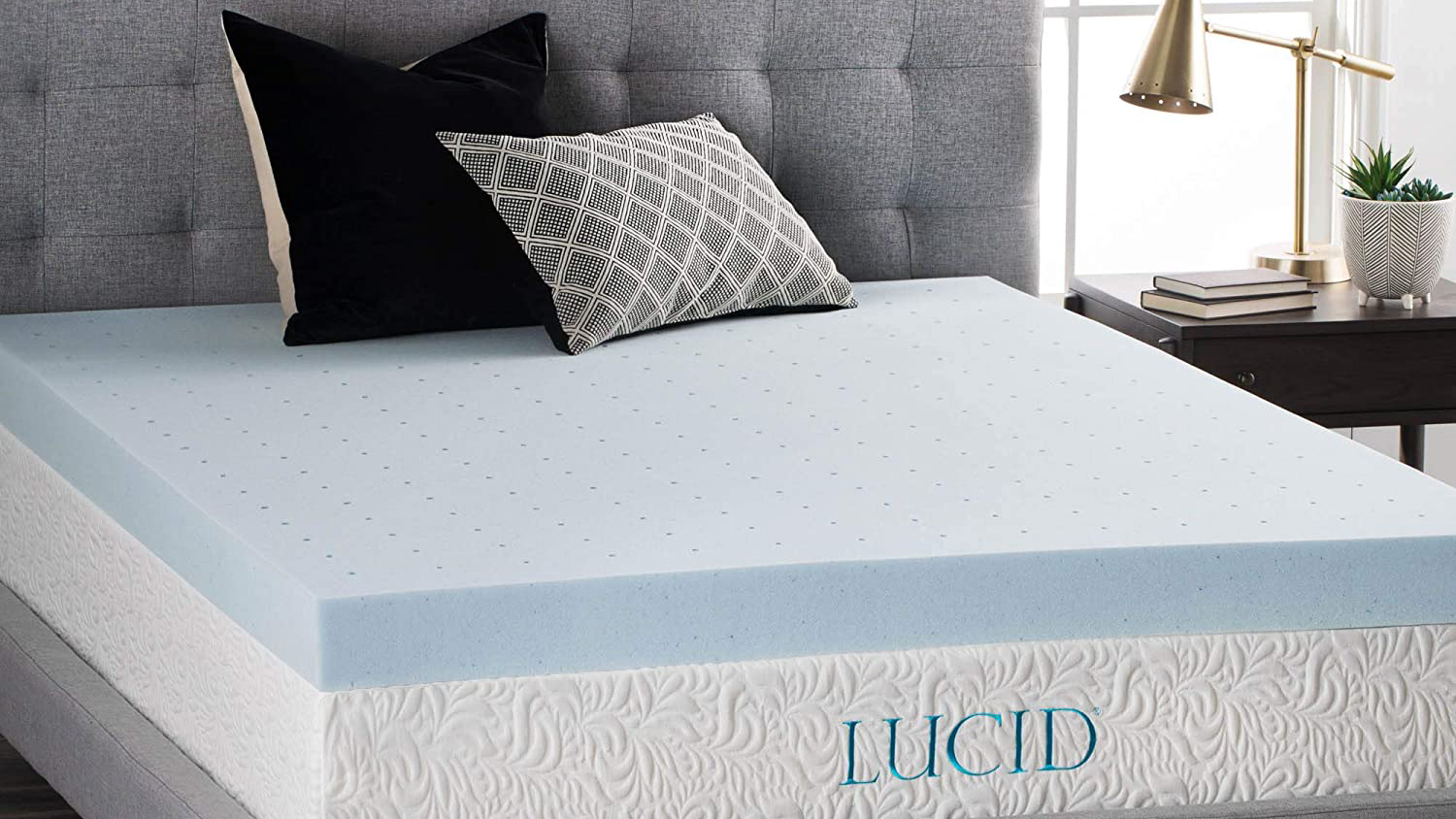
My number-one choice for softening a hard mattress is a memory foam topper. As a mattress topper tester, I can honestly say that these bed toppers are the best at providing pressure relief and a body-hugging feel for side sleepers.
2. Latex for natural temperature regulation

Found in the best organic mattresses, latex is a sustainable, non-toxic, and breathable material, and it's ideal for adding responsive, breathable comfort to any hard mattress. They're also extremely durable and can last up to 10 to 15 years before they need to be replaced.
3. A hybrid for additional support
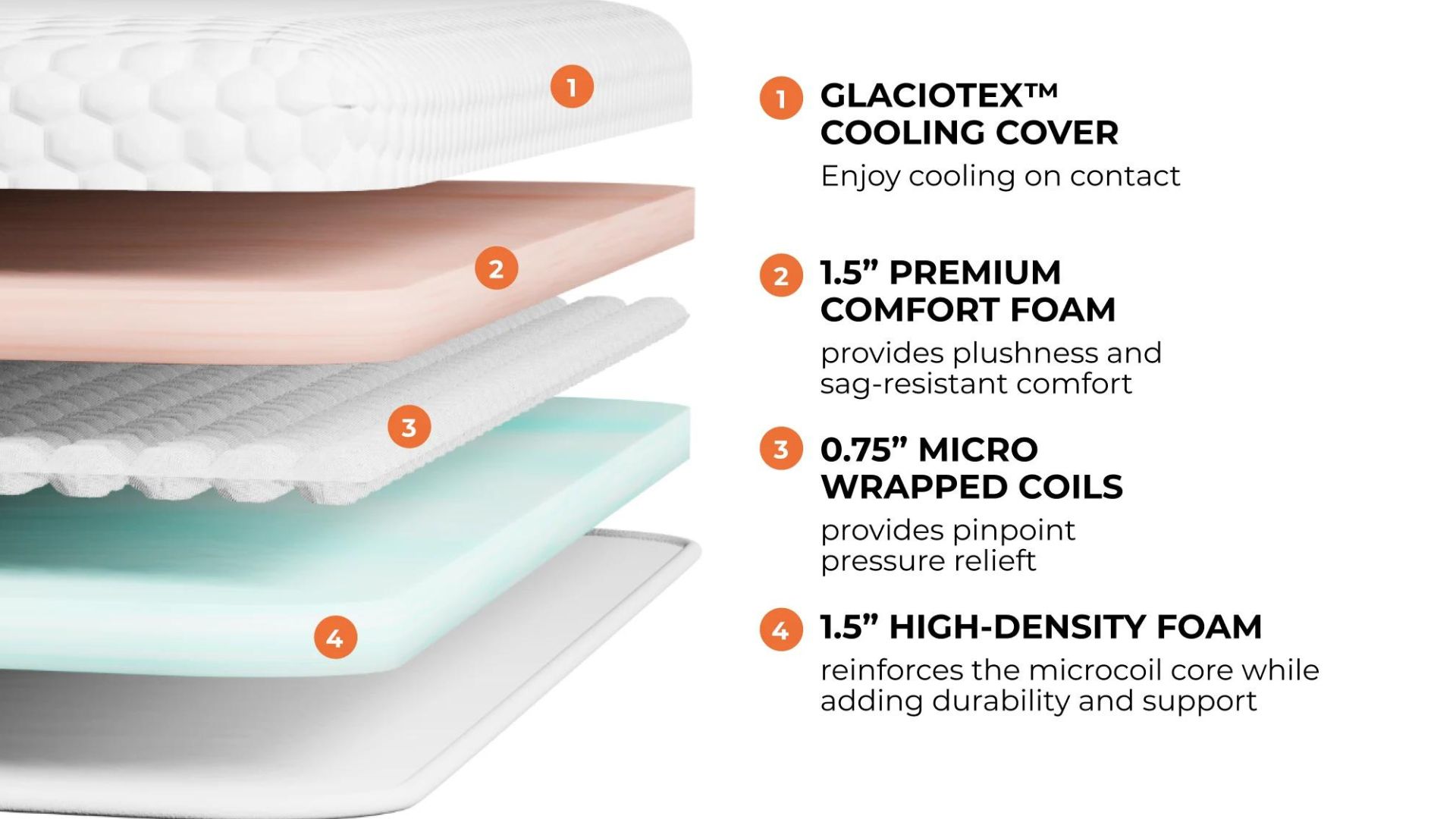
Like the best hybrid mattresses, these hybrid toppers offer the soft cushioning feel of memory foam with the support of coils. Hybrid toppers usually contain a top layer of plush, cushioning foam for side sleeping, while the bottom layer of micro coils add breathability and sturdy back support when back sleeping.







